
Visual Art |
Up |
Prev |
Next |
"Red Plum", the hue, is a quarter way between Red and Magenta. In recent times it has been associated with baby girls. It is the colour of many things in nature including flowers, fruits, foods, birds and insects. In fact there are more plants and animals in this hue and Prickly Pear than there are in ALL the hues between that and Blue. Far more! There may be various reasons for this: One being that this hue is next to Red, which is such an important colour in nature. Most of the hues between Red and Blue are imaginary, ie that they do not exist as a single wavelength of light. Nature is not particularly interested in human's imaginary colours since humans do not play a role in the mating of other creatures and the fertilisation of flowers, (at least not until very recently). Because this hue, (and to an extent Prickly Pear), are near Red they don't suffer as much from their imaginary status as Pink and Magenta do.
This hue is often called "Pink" along with true Pink and Prickly Pear which lie towards Magenta. This is understandable since there has been a laissez-faire attitude towards colour naming throughout history. Still, if you compare this hue to true Pink or Prickly Pear you will see that there is a substantial difference.
There have been reasonable pigments and dyes for this hue on the red side from the beginning. Such pigments include: Crimson from the dried bodies of the scale insects and Alizarin obtained from the Madder root. Add some white and you will be getting close. The further you move from Red however the greater the problem due to the lack of clean bright Blue or Violet pigments.
Today there are spectacular bright Pinks available such as: Quinacridone Magenta as well as clean reds which enable the artist to create these colours with ease.
| Baby Pink | Mwanza Agama | Rose Quartz |
| HSB 352°, 25%, 100% RGB 255, 191, 200 |
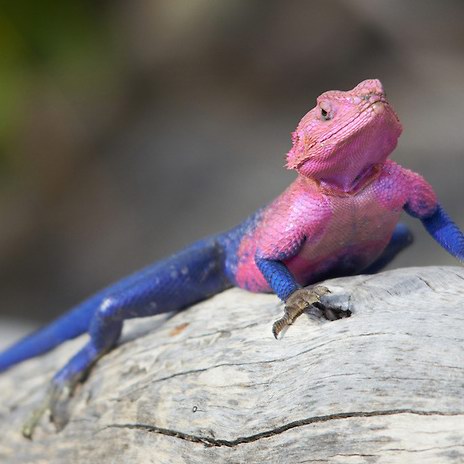 |
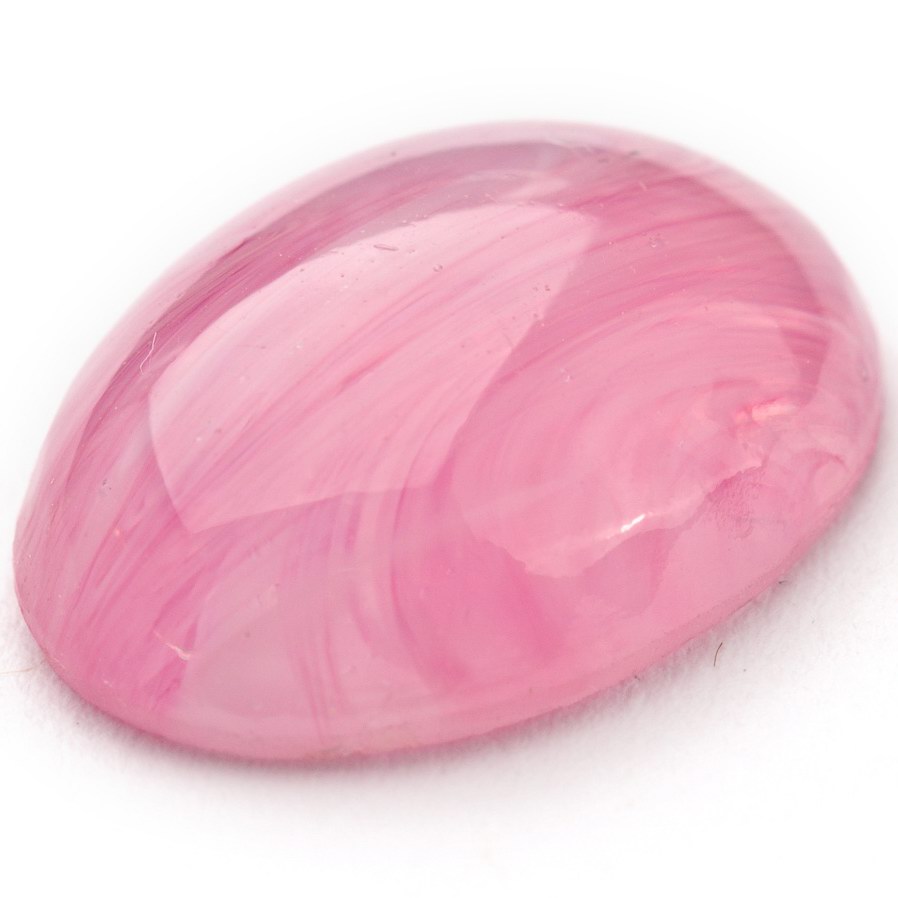 |
| "Baby Pink" is the colour of various pale pink flowers, rose quartz, the Mwanza Agama and various foods including strawberry icecream, certain hams and raw pork. It is often used in recent times for the clothes and bedrooms of baby girls. | The male Mwanza Flat-Headed Rock Agama (Agama mwanzae) has a distinctive baby-pink head and shoulders. | Rose Quartz is a crystal of SiO2 containing trace amounts of titanium, iron, or manganese. When polished many of them look like this. There is some variation of course, depending on the quantity and quality of the impurities. Nevertheless this is the standard. |
| Rhodochrosite | Rhodochrosite | Pink Sea Star |
| HSB 348°, 44%, 100% RGB 255, 143, 165 |
 |
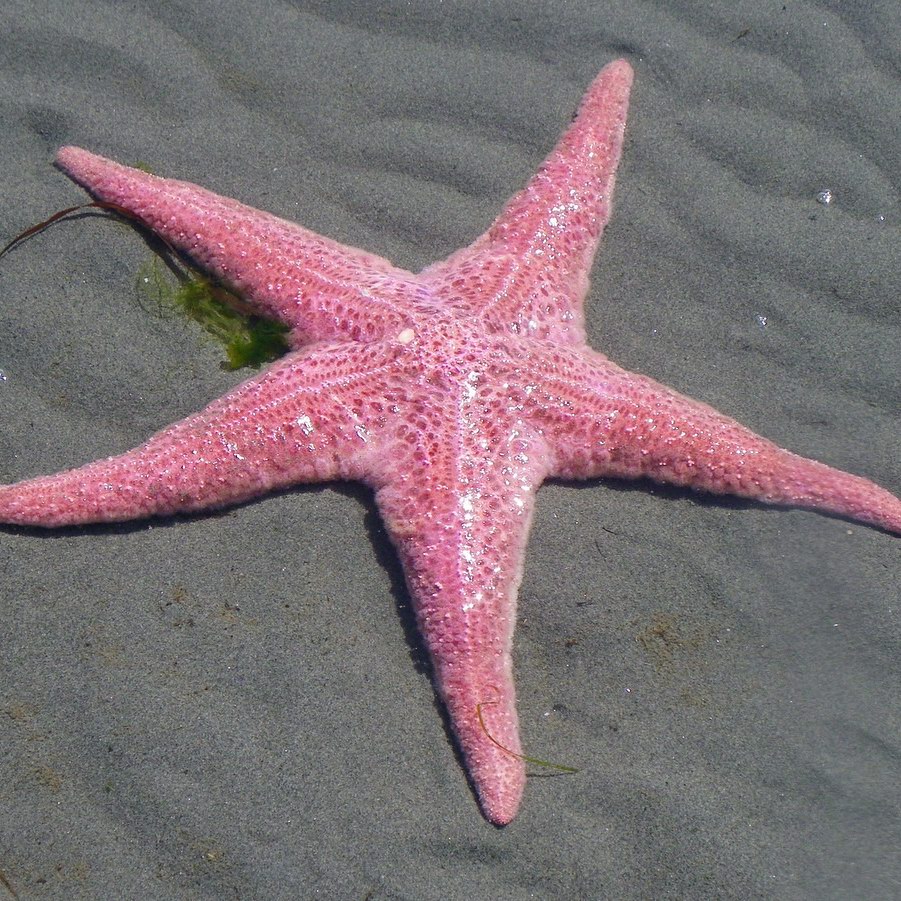 |
| "Rhodochrosite" is the colour of a few birds, some sea life (including the Pink Sea Star) and of course the mineral Rhodochrosite. | Rhodochrosite is a manganese carbonate mineral with chemical composition MnCO3. There is some variation in hue for impure examples but the pure gemstone is this colour. It is used for jewelry and is the national gemstone of Argentina. | The Pink Sea Star (Pisaster brevispinus) is a large sea star that lives in the northeast Pacific Ocean. Its colour varies somewhat but this is a good example. |
| Dragon Fruit | Dragon Fruit | Galah |
| HSB 333°, 100%, 100% RGB 255, 0, 115 |
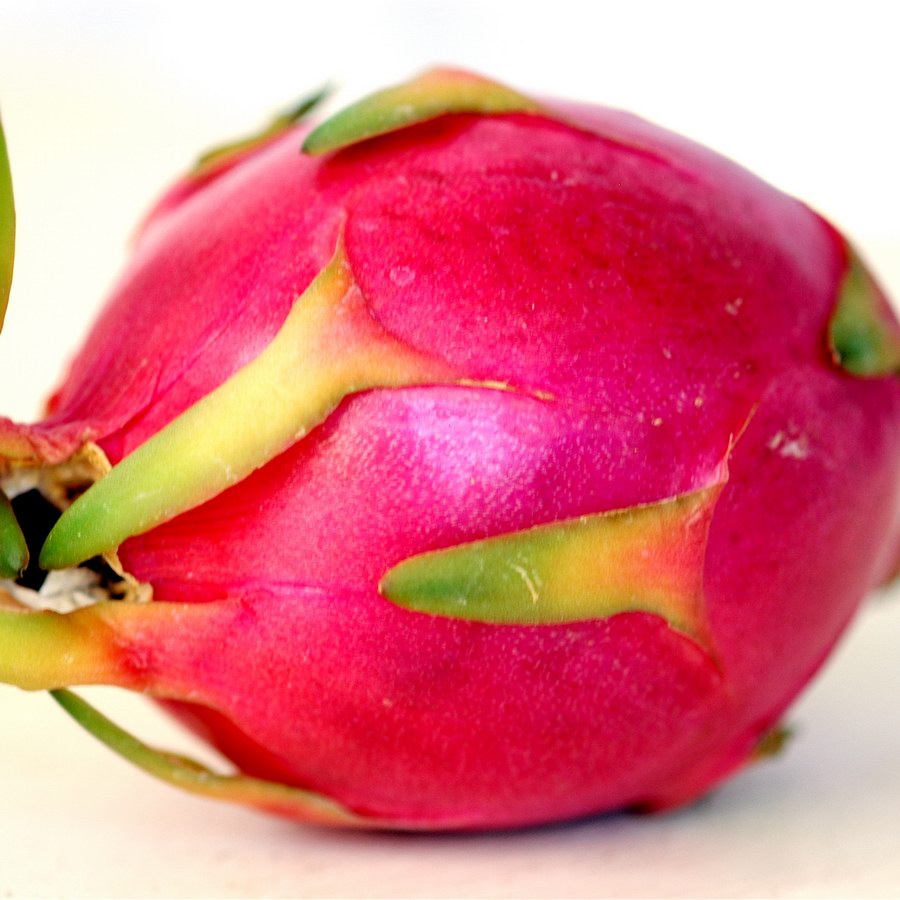 |
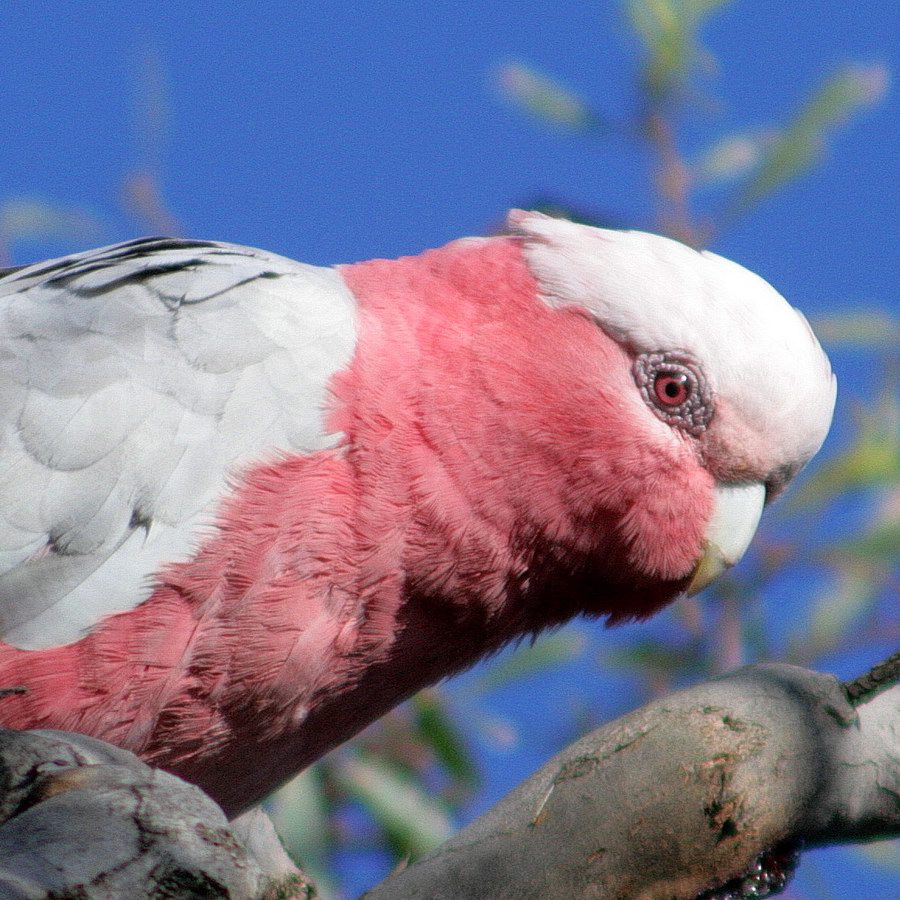 |
| "Dragon Fruit" is the colour of certain cactus fruit, birds, flowers and insects including the Shocking Pink Dragon Millipede (Desmoxytes purpurosea). | Pitaya (Dragon Fruit), are the fruit of certain cactus species from central America. The skin is of this distinctive vibrant colour but the flesh colour varies greatly. | The Galah (Eolophus roseicapilla), is a species of parrot common in Australia. Its neck and belly are this colour. |
| Chinese Strawberry | Chinese Strawberry | Dahlia "Bessie" |
| HSB 333°, 100%, 65% RGB 166, 0, 75 |
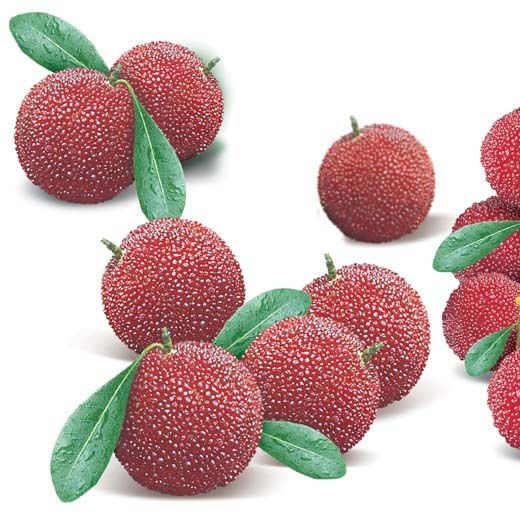 |
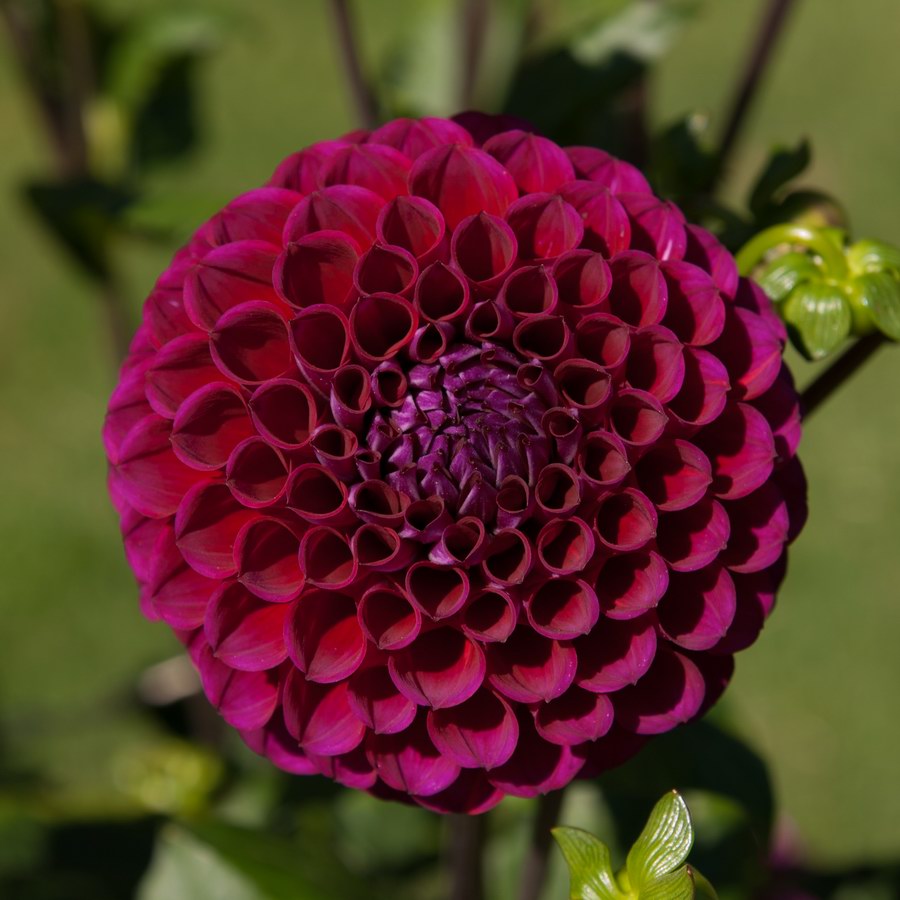 |
| "Chinese Strawberry" is the colour of certain flowers and ripe fruits. | Yangmei or Chinese Strawberry, (Myrica rubra), is a subtropical tree which produces crimson, spherical, edible fruit. | Dahlias are a genus of tuberous herbaceous flowering plants from Central America. They have been cultivated intensively for at least 200 years and their magnificent flowers come in a large array of sizes and shapes and a vast array or bright colours, every hue from Purple to Yellow, perhaps the widest and brightest array of colours from any single genus. This one is named "Bessie". |
| Red Plum | Red Plum | Red Plum Beetle |
| HSB 333°, 100%, 44% RGB 112, 0, 51 |
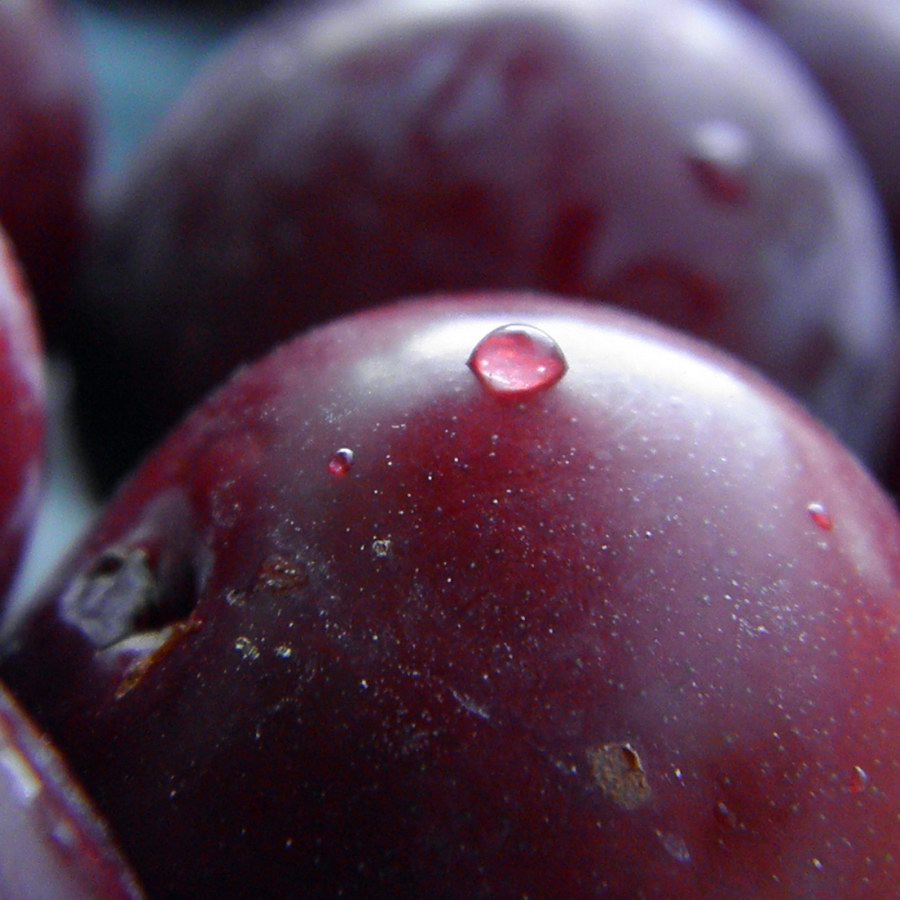 |
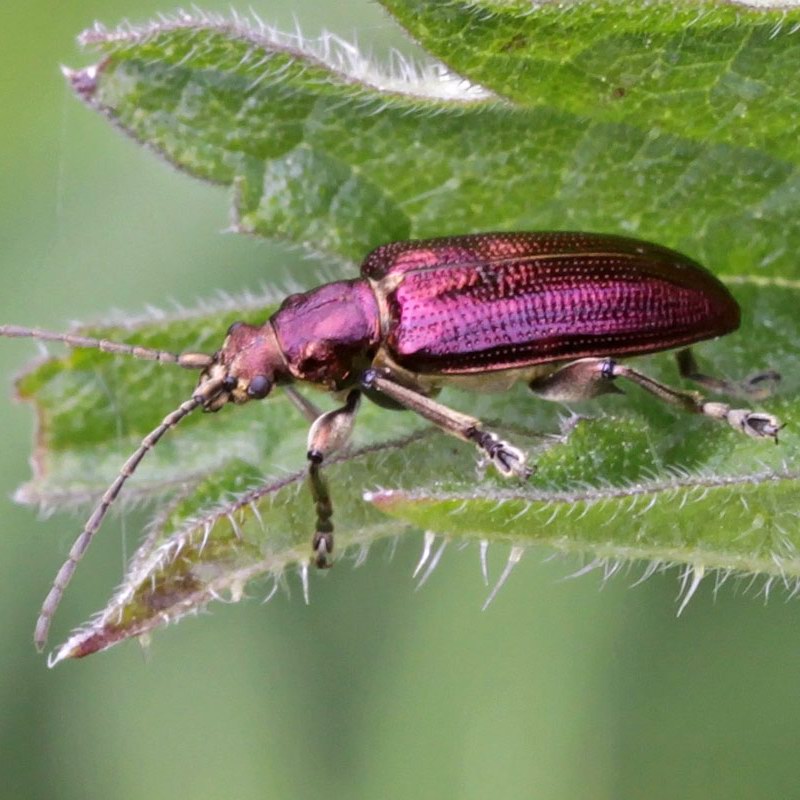 |
| "Red Plum" is the colour of certain ripe fruits and a few flowers and insects. | Plums come in a wide range of colours including, Blue, Green, Yellow and Red. This is the colour of the Red-Purple Japanese plum species. | Animals of this colour are few and far between. I found this spectacular specimen on the net but alas have been unable to ascertain its name. If anyone can enlighten me please send me an email. |